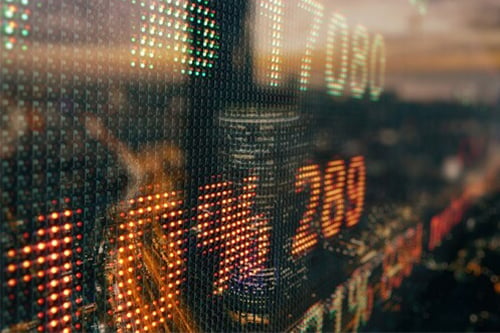Investors seek stability while maintaining upside, but experts warn of inconsistency and high valuations

Amid mounting uncertainty with regard to economic growth and the outlook for financial markets, equity investors are demonstrating more interest in stocks that can better withstand downturns. Likewise, advisors are looking for ways to reduce risks that have emerged as a result of high stock valuations.
Enter quality-stock ETFs, which have collected US$4.6 billion this year through September based on Bloomberg data. Citing Todd Rosenbluth, head of ETF and mutual-fund research at CFRA, the Journal reported that the figure in 2019 so far tops inflows recorded within any other calendar year.
Investors may recognize quality companies based on their higher and more consistent profits, low debt levels, and other hallmarks that suggest sustainability in earnings. Because of such traits, “the higher-quality ETF [is] well-positioned to provide the stability investors who are still seeking upside will find of interest,” said Rosenbluth.
Still, investors would do well not to jump in with both feet. For one thing, the quality factor can be determined based on a variety of criteria. One commonly used metric is return on equity, but as the Journal notes, ”a combination of other data, including debt ratios, cash flows, net operating assets and even management attributes” may also be considered.
The US$11.6-billion iShares Edge MSCI USA Quality Factor ETF (QUAL), the largest fund in the category, has an underlying portfolio of 125 stocks with a 23.3% weighting in technology. It considers both large- and mid-cap stocks, which it then ranks based on return on equity, debt-to-equity ratios, and earnings growth stability.
The decidedly smaller US$1.5-billion S&P 500 Quality ETF (SPHQ) from Invesco, in comparison, has just 98 stocks, with almost 44% of its portfolio invested in the top 10 holdings. It’s even more concentrated in technology at nearly 27%, with another 20.2% placed in health care. It uses an index of three quality measures — high return on equity, lower accruals (noncash-derived earnings) and low debt-to-book value — as well as a stock’s capitalization, to rank equities, with those in the top quartile making the cut.
The US$2.8-billion US Quality Dividend Growth Fund (DGRW) by WisdomTree, meanwhile, takes a return-on-equity screen and layers it with a growth screen, giving the final portfolio a relatively lower 19% weighting in tech stocks and 14% in consumer defensive equities.
Based on Morningstar data, the funds have risen by 18.1% to 22.1% this year through October 1, and 11.2% to 11.4% over five years.
Stock valuations are another factor investors must watch out for when it comes to quality ETFs. Typically, companies with strong balance sheets and good fundamentals are worth paying a premium for. But as John Davi of Astoria Portfolio Advisors explained to the Journal, there are still some cases where “quality has gotten expensive relative to the market.”
Given the high concentrations of tech companies in quality ETFs, some may worry and wonder whether they fall under that umbrella. But according to CFRA’s Rosenbluth, some tech firms like Apple and Microsoft, along with financial companies like Mastercard and Visa, are “indeed blue-chip companies that happen to also be growth companies.”



